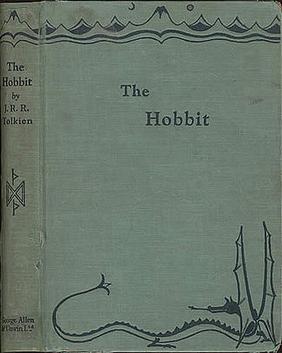
The Hobbit, or There and Back Again is a children's fantasy novel by the English author J. R. R. Tolkien. It was published in 1937 to wide critical acclaim, being nominated for the Carnegie Medal and awarded a prize from the New York Herald Tribune for best juvenile fiction. The book is recognized as a classic in children's literature and is one of the best-selling books of all time, with over 100 million copies sold.

Watership Down is an adventure novel by English author Richard Adams, published by Rex Collings Ltd of London in 1972. Set in Hampshire in southern England, the story features a small group of rabbits. Although they live in their natural wild environment, with burrows, they are anthropomorphised, possessing their own culture, language, proverbs, poetry, and mythology. Evoking epic themes, the novel follows the rabbits as they escape the destruction of their warren and seek a place to establish a new home, encountering perils and temptations along the way.

Rubus chamaemorus is a species of flowering plant in the rose family Rosaceae, native to cool temperate regions, alpine and Arctic tundra and boreal forest. This herbaceous perennial produces amber-colored edible fruit similar to the blackberry. English common names include cloudberry, Nordic berry, bakeapple, knotberry and knoutberry, aqpik or low-bush salmonberry, and averin or evron.
Even Bjørgum Bunting, better known as Even Bunting, was a Northern Irish-born American writer of more than 250 books. Her work covered a broad array of subjects and included fiction and non-fiction books. Her novels are primarily aimed at children and young adults, but she has also written the text for picture books. While many of her books are set in Northern Ireland where she grew up, her topics and settings range from Thanksgiving to riots in Los Angeles. Bunting's first book, The Two Giants, was published in 1971. Due to the popularity of her books with children, she has been listed as one of the Educational Paperback Association's top 100 authors.

The River Dodder is one of the three main rivers in Dublin, Ireland, the others being the Liffey, of which the Dodder is the largest tributary, and the Tolka.
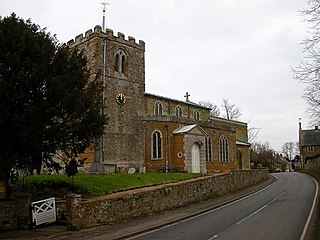
Lamport is a village and civil parish in West Northamptonshire, England. The village is on the A508, about 8 miles (13 km) south of Market Harborough and 8 miles (13 km) north of Northampton. Nearby is Lamport Hall. At the time of the 2001 census, the parish's population was 207 people, including Hanging Houghton and increasing to 225 at the 2011 Census.
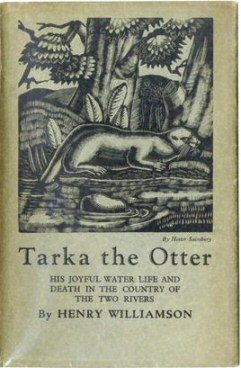
Tarka the Otter: His Joyful Water-Life and Death in the Country of the Two Rivers is a 1927 novel by English writer Henry Williamson, first published by G.P. Putnam's Sons with an introduction by the Hon. Sir John Fortescue. It won the Hawthornden Prize in 1928, and has never been out of print since its first publication.
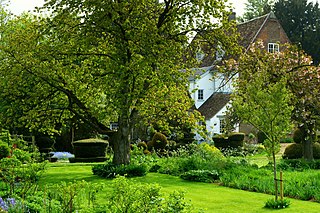
Green Knowe is a series of six children's novels written by Lucy M. Boston, illustrated by her son Peter Boston, and published from 1954 to 1976. It features a very old house, Green Knowe, based on Boston's home at the time, The Manor in Hemingford Grey, Huntingdonshire, England. In the novels she brings to life the people she imagines might have lived there.
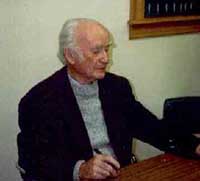
Garth Montgomery Williams was an American artist who came to prominence in the American postwar era as an illustrator of children's books. Many of the books he illustrated have become classics of American children's literature.
In Stuart Little, Charlotte's Web, and in the Little House series of books of Laura Ingalls Wilder, Williams['s] drawings have become inseparable from how we think of those stories. In that respect ... Williams['s] work belongs in the same class as Sir John Tenniel's drawings for Alice in Wonderland, or Ernest Shepard's illustrations for Winnie the Pooh.

The Hour of the Dragon, also known as Conan the Conqueror, is a fantasy novel by American writer Robert E. Howard featuring his sword and sorcery hero Conan the Cimmerian. It was one of the last Conan stories published before Howard's suicide, although not the last to be written. The novel was first published in serial form in the December 1935 through April 1936 issues of the pulp magazine Weird Tales. The first book edition was published by Gnome Press in hardcover in 1950. The Gnome Press edition retitled the story Conan the Conqueror, a title retained by all subsequent editions until 1977, when the original title was restored in an edition published by Berkley/Putnam. The Berkley edition also reverted the text to that of its original Weird Tales publication, discarding later edits. Later editions have generally followed Berkley and published under the original title.

Margery Williams Bianco was an English-American author, primarily of popular children's books. A professional writer since the age of nineteen, she achieved lasting fame at forty-one with the 1922 publication of the classic that is her best-known work, The Velveteen Rabbit. She received the Newbery Honor for Winterbound.
Alison Jane Uttley was an English writer of over 100 books. She is best known for a children's series about Little Grey Rabbit and Sam Pig. She is also remembered for a pioneering time slip novel for children, A Traveller in Time, about the imprisoned Mary, Queen of Scots.
Denys James Watkins-Pitchford MBE was a British naturalist, an illustrator, art teacher and a children's author under the pseudonym "BB". He won the 1942 Carnegie Medal for British children's books.
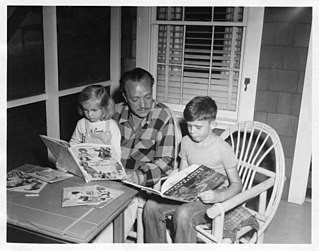
Gustaf Adolf Tenggren was a Swedish-American illustrator and animator. He is known for his Arthur Rackham-influenced fairy-tale style and use of silhouetted figures with caricatured faces. Tenggren was a chief illustrator for The Walt Disney Company in the late 1930s, in what has been called the Golden Age of American animation, when animated feature films such as Snow White and the Seven Dwarfs, Fantasia, Bambi and Pinocchio were produced.

Brendon Chase is a children's novel by Denys Watkins-Pitchford, writing as 'BB'. It was published in 1944 but is set at an earlier date. The novel is about three boys living wild in an English forest. It was later made into a 13-part TV serial and shown on ITV from 31 December 1980 to 25 March 1981. The series was also shown in many other European countries and in the United States.
Little Grey Rabbit is the lead character in a classic, eponymous series of English children's books, written by Alison Uttley and illustrated by Margaret Tempest, except for the last five, illustrated by Katherine Wigglesworth. They appeared over a forty-year period up to the mid-1970s to great acclaim, and gave rise to a TV series in 2000.
John Godfrey Bernard Worsley was a British artist and illustrator best known for his naval battle scenes and portraits of high-ranking officers and political figures. One of the very few active service artists of the Second World War, Worsley was the only person to render contemporary sea-warfare in situ, and the only official war artist captured by the Germans. Detained in the infamous prisoner-of-war camp Marlag O, Worsley documented prison life with supplies provided by the Red Cross, his expertise employed in the forging of identity papers, and an ingenious escape attempt requiring the construction of a mannequin named Albert R.N.
In the fictional world of Terry Pratchett's Discworld series of novels, the Nac Mac Feegle are a type of fairy folk. They appear in the novels Carpe Jugulum, The Wee Free Men, A Hat Full of Sky, Wintersmith, I Shall Wear Midnight, Snuff, and The Shepherd's Crown. At six inches tall, they are seen as occasionally helpful thieves and pests.












